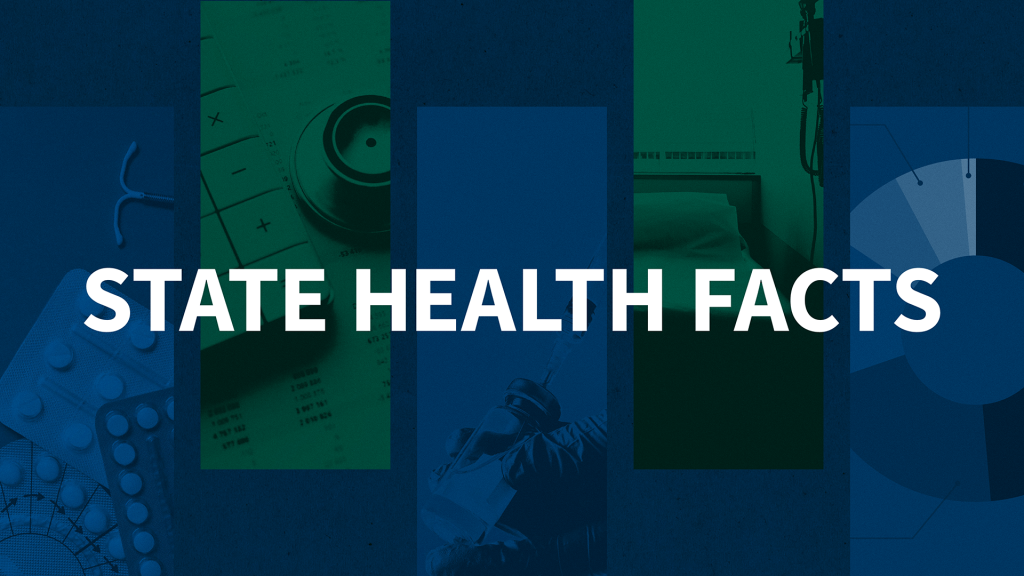The Wisconsin Health Care Landscape
Wisconsin has long been a leader among states in expanding coverage to its low-income residents since even before the major coverage provisions of the Affordable Care Act (ACA) took effect on January 1, 2014.
The independent source for health policy research, polling, and news.
KFF’s policy research provides facts and analysis on a wide range of policy issues and public programs.
KFF designs, conducts and analyzes original public opinion and survey research on Americans’ attitudes, knowledge, and experiences with the health care system to help amplify the public’s voice in major national debates.
KFF Health News is a national newsroom that produces in-depth journalism about health issues and is one of the organization’s core operating programs.
State Health Facts is a KFF project that provides free, up-to-date, and easy-to-use health data for all 50 states, the District of Columbia, and the United States. It offers data on specific types of health insurance coverage, including employer-sponsored, Medicaid, Medicare, as well as people who are uninsured by demographic characteristics, including age, race/ethnicity, work status, gender, and income. There are also data on health insurance status for a state's population overall and broken down by age, gender, and income.
Wisconsin has long been a leader among states in expanding coverage to its low-income residents since even before the major coverage provisions of the Affordable Care Act (ACA) took effect on January 1, 2014.
As Medicaid marks its 50th year, the program has unquestionably become the mainstay of health coverage for low-income women in the nation. Since its inception, its role for women has continued to evolve and expand, but the passage of the Affordable Care Act (ACA) swung open the doors for Medicaid to serve even more low-income women who lack access to private or employer-based insurance. This is because the ACA enabled states to finally eliminate Medicaid's historical “categorical” requirements, which had essentially shut out women and men without dependent children.
This brief provides information on remaining nonelderly uninsured men ages 19-64, provides national estimates of their eligibility for ACA coverage options, and discusses strategies for reaching and enrolling them into health coverage.
This brief presents findings from focus groups with low-income Medicaid and Marketplace enrollees in six cities: Baltimore, MD; Columbus, OH; Oakland, CA; Richmond, VA; St. Louis, MO; and Tampa, FL. It explores their experiences signing up for coverage; their perceptions of whether the costs they pay for their coverage are affordable; their experiences accessing care; and the impact of out-of-pocket costs on their ability to get needed care. It provides insights into the ongoing financial struggles facing low-income individuals and the problems they confront affording health coverage.
Major federal changes to Medicaid and other health-related policies could impact children’s health in the coming years. This issue brief explores the latest data on Medicaid and children’s health and highlights five key issues to watch as those federal changes are implemented.
This issue brief describes trends in health coverage in 2023, examines the characteristics of the uninsured population ages 0-64, and summarizes the access and financial implications of not having coverage.
This analysis examines the potential impacts of a provision in the House reconciliation bill that proposes reducing the federal matching rate for the Affordable Care Act (ACA) Medicaid expansion population from 90% to 80% for states that either provide health coverage or financial assistance to purchase health coverage to individuals who are not “a qualified alien.”
This annual survey of employers provides a detailed look at trends in employer-sponsored health coverage, including premiums, worker contributions, cost-sharing provisions, offer rates, and more. This year’s report also looks at how employers are addressing a growing need for mental health services.
This Health Policy 101 chapter explores the performance of the U.S. health system on a number of cost, outcomes, and quality measures by comparing it with those in similarly large and wealthy OECD nations. It highlights that despite significant spending, Americans have shorter life expectancies and encounter more barriers to health care, influenced by both the health system's structure and broader socioeconomic factors.
Ten months into the unwinding of the Medicaid continuous enrollment provision, states have conducted renewals for roughly half of all enrollees in the program. This policy watch examines three key questions to monitor as unwinding continues.
© 2025 KFF
